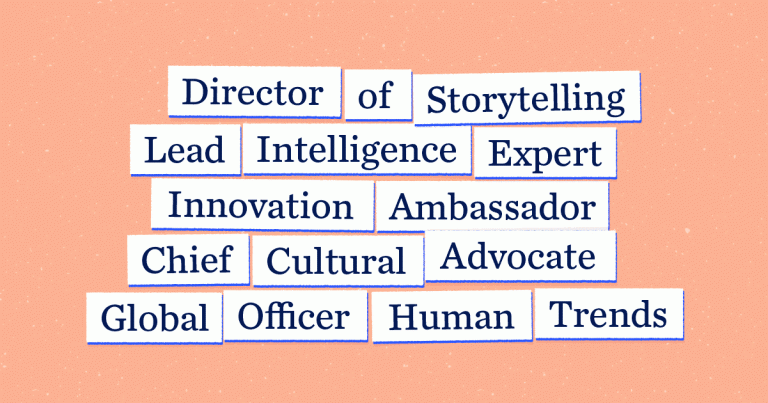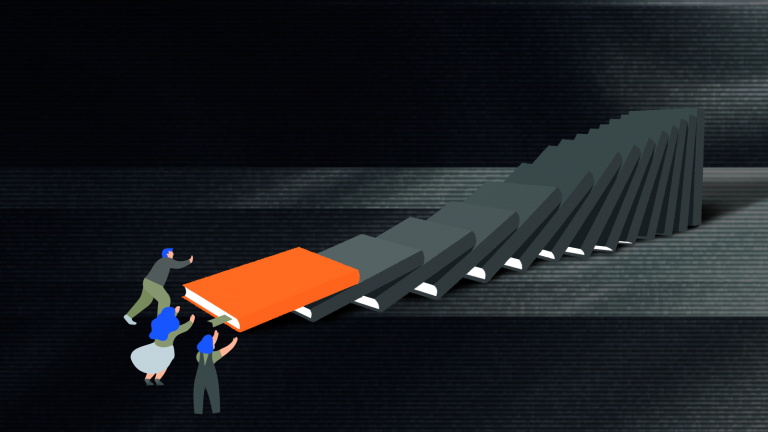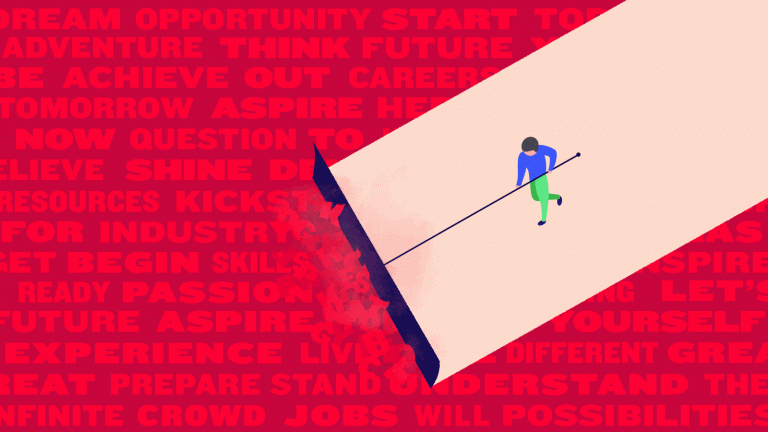Over time, we’ve designed our own rapidly warming world. We’ve got ourselves into this mess, now are we smart enough to design ourselves out of it in the time we have left?
Climate change is a very hot topic right now. Literally. You don’t need to look far to see protestors pulling cities to a halt, and a new generation of activists like Greta Thunberg making worldwide headlines with inspiring speeches, calling upon governments to stop believing in ‘fairy tales of eternal economic growth’ and start taking action.
If we are to believe the experts there’s a clear consensus that the next 18 months will be critical in dealing with the global warming emergency.
We need to do something, and fast. But where to start?
‘How has this happened?’
Humans have made quite an impact on the place we call home in a relatively small amount of time—tiny, infact, when you put it into perspective.
It can be difficult to grasp how far we’ve come as a species, and how quickly we’ve gotten to this crisis point in our existence. So for simplicity’s sake let’s break it down and condense 70,000 years of human achievement into 70 years—an average human lifespan. Here’s what that looks like:
- Our first 60 years as a species we didn’t do a whole lot.
- 10 years ago, we stopped roaming the earth in search of our next meals. We started farming and living as communities in permanent shelters.
- 5 years ago, we learned how to write.
- 2 years ago, Christianity was born.
- 6 months ago, the printing press arrived and enabled the rapid distribution of knowledge.
- 3 months ago, we built our first steam engine that would power the fossil fuelled industrial revolution.
- Last month, aeroplanes and telephones were invented.
- Last week, we developed the television, penicillin and put man on the moon.
- This morning, we connected to the internet.
- Only a few minutes ago, cars started driving themselves with Ai.
- And if the science is right, we’re due to hit the irreversible climate calamity by the end of day tomorrow.
24 hours—more or less—to fix one of the world’s biggest problems to date. Sounds like an impossible task, right?
Well, maybe not.
‘Where do we start?’
Climate change is an enormous, overwhelming problem—so big that our trusted institutions are unsure what to do or how to act, or simply in denial. But wait a minute—it hasn’t taken us that long to get ourselves into this mess, so it shouldn’t take us too long to get out of it, right?
With a deadline fast approaching, there’s no time to wait. It’s time for everyone to take action. But where do we start when faced with such a big problem?
It’s time for people like you and me to break off small, manageable parts of the climate beast and tackle them on our own—to set achievable goals within our own lives and community, to do what we can, with what we have.
‘Sounds good, but how?’
At Alto, the way we tackle complex problems is through the design thinking process. It’s a process that we use time and time again because it’s reliable, and it produces results. And unlike the name suggests, you don’t need to be a designer to use it.
Essentially, at its core, design thinking is an inclusive and collaborative process—for all to participate, contribute and benefit from. And whilst I don’t believe that design can nor will save the world, I do have faith in the power of the design thinking process to make change.
Why?
Because the kind of business-as-usual-growth-and-profit-at-all-costs thinking that got us to this point hasn’t done a good job so far of saving our planet. Design thinking doesn’t guarantee a planet-friendly solution, but if we are to tackle this thing on our own, it gives the ability to start thinking differently, and the tools to do it ourselves.
‘So, what is the design thinking process? And how do I use it?’
In a nutshell, the design thinking process is a solution based approach to solving problems.
Typically, there are five stages that are involved in the design thinking process that anyone can begin using to come up with climate solutions in your home, workplace or community.
How? Let’s use an example.
As with many first world countries, Australia’s unsustainable waste and recycling systems have broken down, leaving some communities and households with nowhere to recycle their waste. But that doesn’t mean we can’t do something about it ourselves.
Let’s look at how you might improve the recycling system in your neighbourhood.
Step One — Understand the situation
Before jumping straight into solutions mode, the first step is to fully understand the problem, and empathise with the people that it effects. This can be done through observation, conversation and immersing yourself in the situation to understand the different perspectives and complexities. At this stage, it’s also a good idea to define an achievable goal that you can work towards. It can be short term or long term.
For our neighbourhood waste example, your goal might be to be a 100% waste free neighbourhood by 2025.
Step Two — Define the problem
The second stage is defining the problem. At this stage, you can pull together all the information that you learned in the first stage, and come up with a ‘problem statement’ or a ‘how might we statement’. This can help keep you on track with the goal you’re trying to achieve.
Your ‘how might we’ statement might be something along the lines of ‘how might we improve waste recycling systems in our neighbourhood?’
Step Three — Generate ideas
The third stage is the ideate stage, which is basically a fancy term for the ‘thinking’ stage. At this stage, your job is to get everyone involved together, and to think of as many possible ideas or solutions to your ‘problem statement’ developed in stage two.
A good idea is to bring everyone living in your neighbourhood along with council members, and people who work at the recycling facilities together, to begin discussing and ideating solutions. It’s inevitable that the children of today will inherit the consequences of a warming world tomorrow, so bring them along too! It’s crucial that they have a seat at the table and are actively involved in co-designing solutions together along with everyone else.
Step Four — Make it
The fourth stage is the prototype stage, where your aim is to identify the best possible idea or solution that you came up with in the third stage, and develop a lo-fi model of it. A prototype doesn’t have to be a 3D model, it could be a system, a diagram, a video or even a story that you can make, show people and start testing to help you see any problems or issues with the solution that you might have missed before.
At this stage, it’s important to consider the materials that your new neighbourhood recycling system might use – it’s imperative that they are circular in nature, meaning that they can be continuously repurposed and won’t result in or produce any waste.
Step Five — Test it
The fifth and final state is the testing stage, where you finally get the opportunity to test out your solution prototype in real life. By testing your prototype, you’ll get the opportunity to see what your users think of your solution, and then make adjustments based on their feedback.
Now’s the time to test your prototype in the wild! By implementing your new recycling system in the neighbourhood, everyone will have the chance to test it and see how it works. After it has been used, you can check in with your stakeholders to see if it’s doing the job, and ask questions like: ‘have you encountered any problems whilst using the new waste recycling system? Is there anything you’d change about the design?’
‘Let’s get to work.’
‘The responsibility for change lies with us. We must begin with ourselves, teaching ourselves not to close our minds prematurely to the novel, the surprising, the seemingly radical. This means fighting off the idea-assassins who rush forward to kill any new suggestion on grounds of its impracticality, no matter how absurd, or unworkable it may be’. (Alvin Toffler)
Now is the time to innovate and embrace the wildest ideas. You never know, the craziest ones might become the new normal, like these scientists, who developed a way to regenerate seaweed in the ocean using carbon from the earth’s atmosphere; or these German researchers who designed an aeroplane that emits only water, helping to reduce the amount of carbon emissions released into the atmosphere.
The beauty of design thinking is that anyone can do it. No action is too small and no feat is too big. The most important thing is that we are open to thinking about how to approach the climate crisis in our communities, in our homes, in our schools, with our children.
We have the tools. We have the people. We have the power.
If we’ve learned anything from the past, it’s that the seemingly most impossible tasks are nothing to fear. They are, in fact, the ones whos’ challenge should be celebrated and fully embraced, together.


